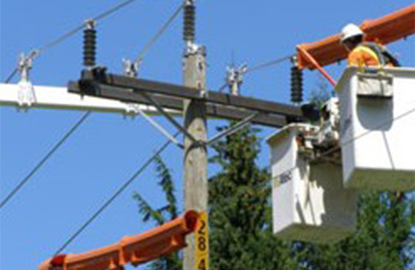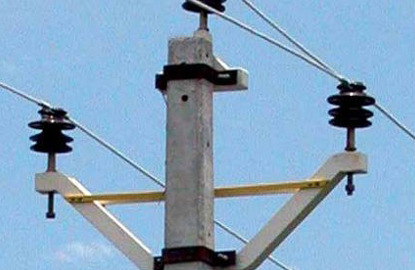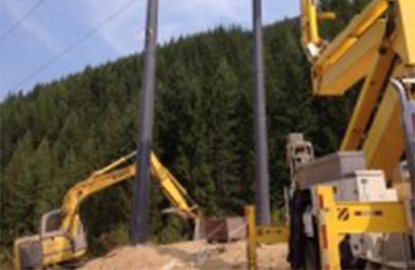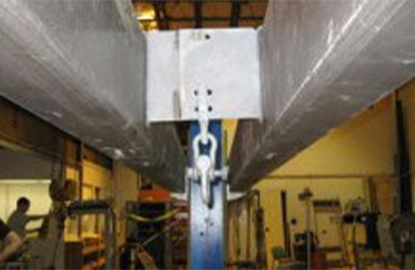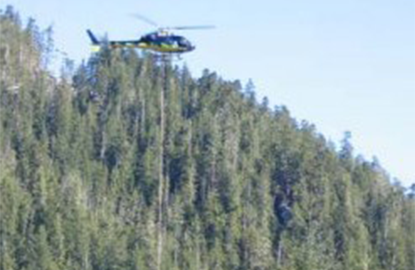When it comes to the environment, there are several ways that the construction and maintenance of high voltage transmission and distribution lines can have an impact.
Right of Way Clearance
First, in order to construct power lines, a right of way must be cleared. For example, in a forested area, the entire width of the right of way must be maintained free of tall-growing trees for the life of the transmission line, which can result in permanent changes to the land cover.
Construction
To clear the right of way and to commence construction to install the transmission towers and distribution lines, the area may need to be accessed by trucks and heavy machinery. In remote locations, this can mean the construction of temporary roads and sometimes even bridges over waterways that may be insensitive areas and which can cause erosion if improperly installed.
Maintenance
Once construction is complete it’s important to consider the maintenance required and how the structure will age. How often will the transmission towers need to be accessed and how? What will maintenance consist of? In the case of wood transmission towers, the structures may require treatments with preservatives that can leech into the ground and surrounding environment over time. And, since nothing lasts forever, at what point are the transmission towers and lines in need of decommissioning and replacement? The challenges with accessing these remote areas need to be addressed again.
Community Use
Electrical utility companies also need to consider how these environmental changes affect the communities and individuals who own the land the transmission towers are being built on. Not only can the landowners and others who live near these towers be inconvenienced by construction, but they may also feel the effects on the environment through visual impact, wildlife disturbances and loss of land use.
Solutions
How are private sector and electrical utility companies overcoming these environmental challenges? It’s possible to lessen or mitigate potential environmental and community impacts by:
- adjusting the proposed route of the lines and where the right of way will be placed;
- choosing a different type of transmission structure;
- using different construction and maintenance methods;
- developing new products with longer lifespans to minimize as much access need to the land as possible.
At Transmission Innovations, we design and manufacture Fibre Reinforced Polymer (FRP) Composite cross arms and cross braces with these environmental solutions in mind. Our products are durable, visually pleasing, and lightweight enough to be delivered without the need for heavy machinery—in fact, some of our structural components are so light that a crew can carry them by hand.
FRP cross arms and cross braces have a lifespan of up to 80 years–about double that of some traditional materials. And, without any maintenance requirements, FRP cross arms and cross braces minimize the overall environmental impact as much as possible; for example, they don’t require tests and treat like wood does and regular repainting for steel. Without the need for any wood preservative treatments or steel corrosion protection, the surrounding environment is safe from potential chemical seepage.
If you’re interested in more information on how FRP cross arms and cross braces can benefit the private sector and electrical utility companies, don’t hesitate to contact us today.
